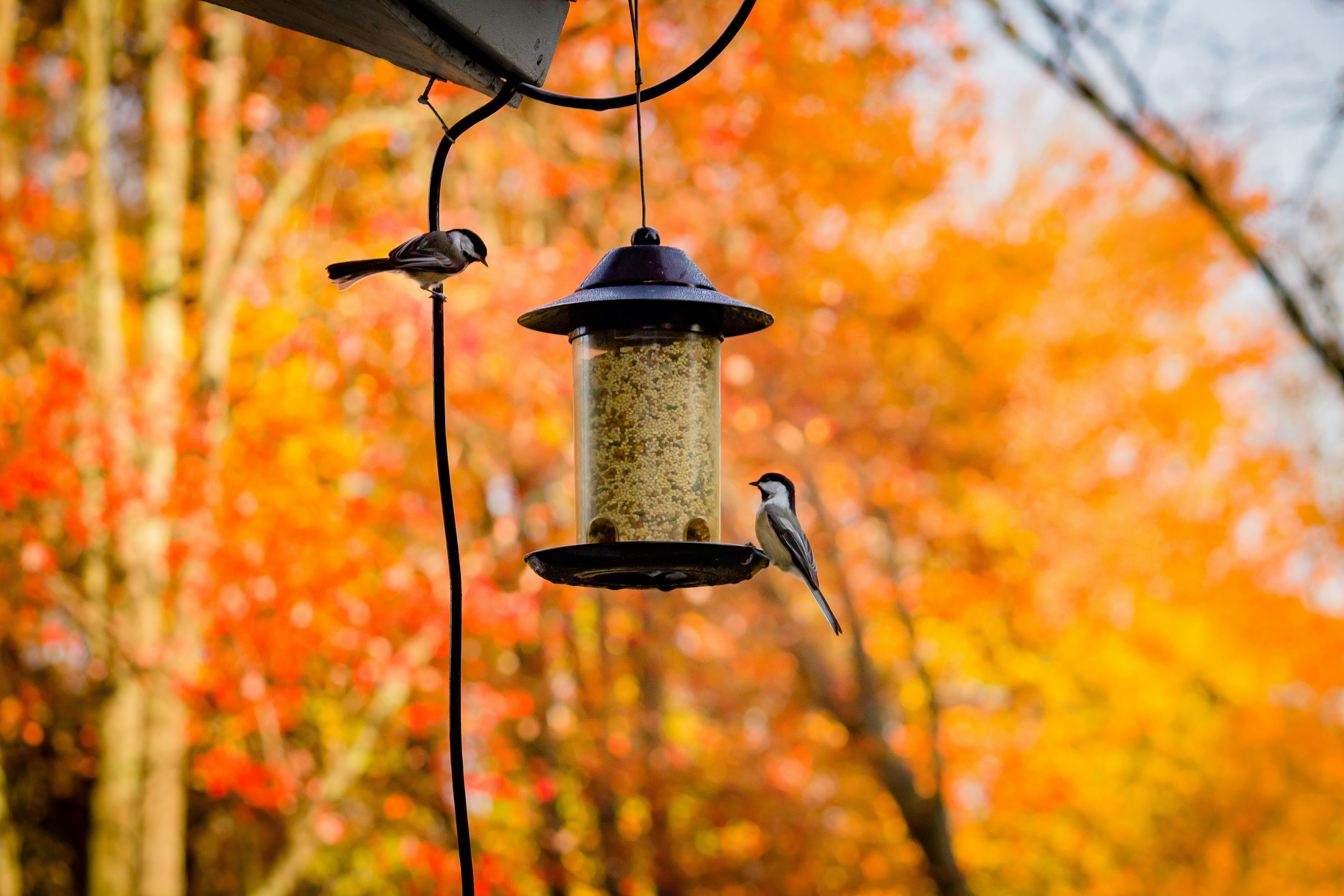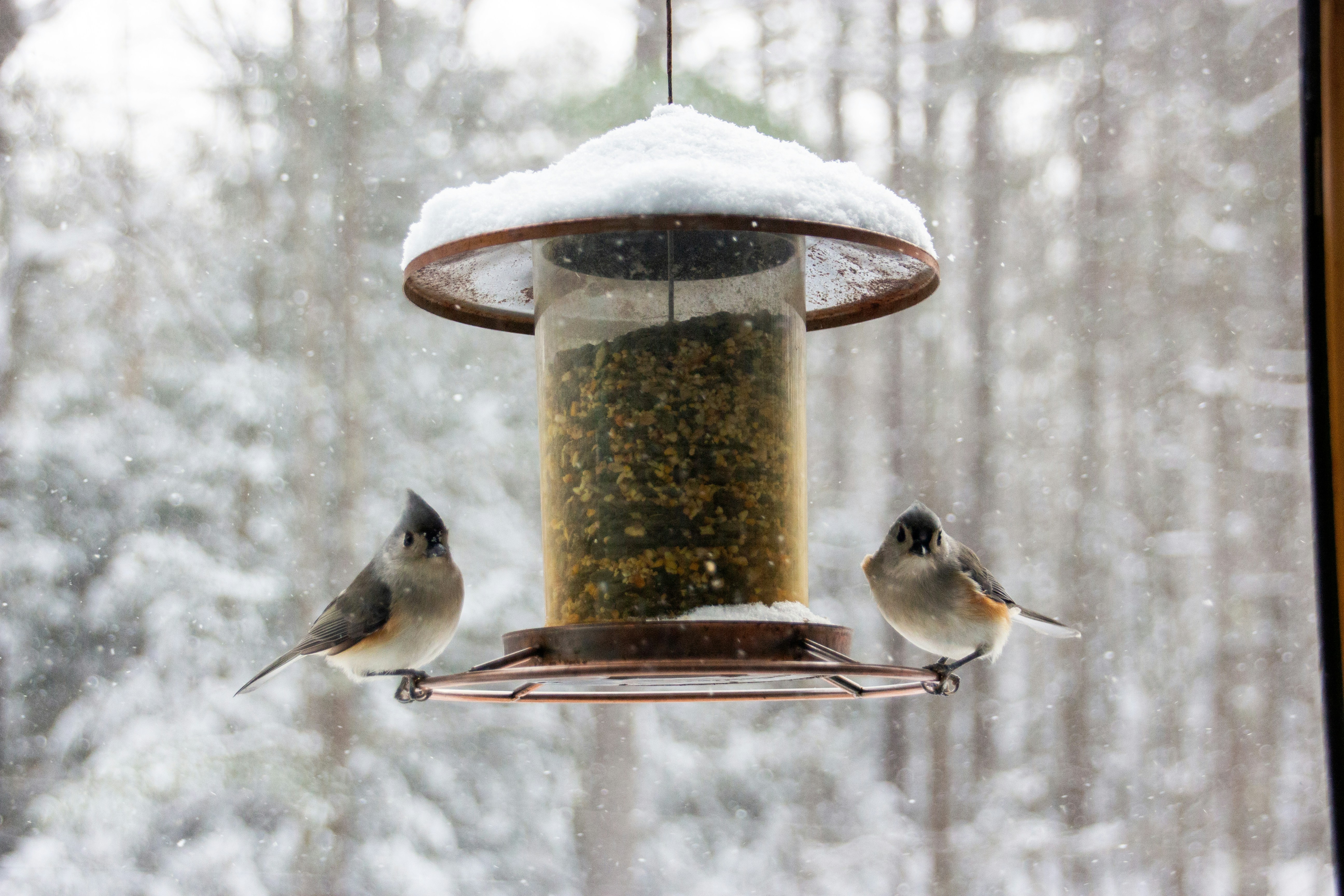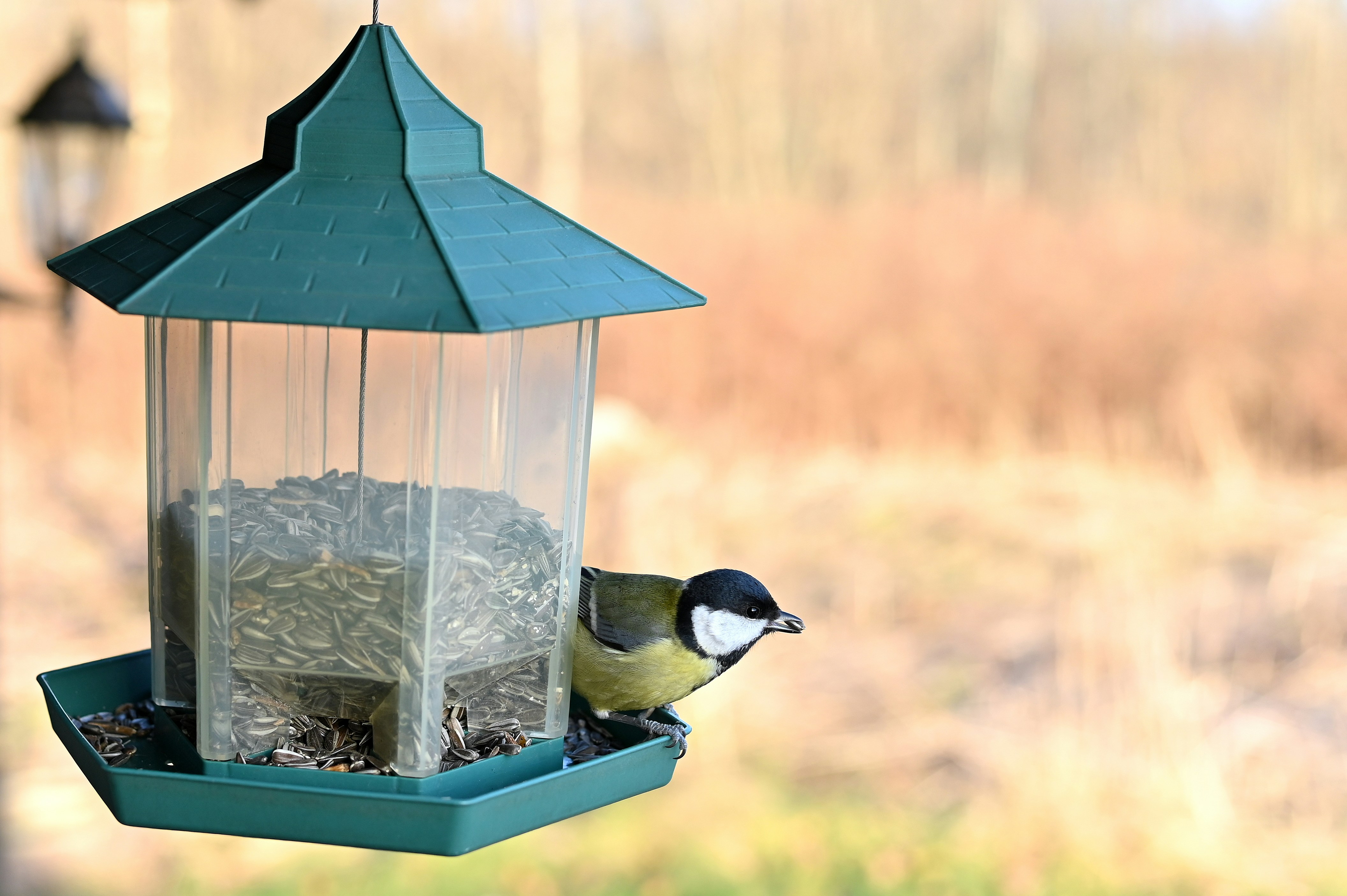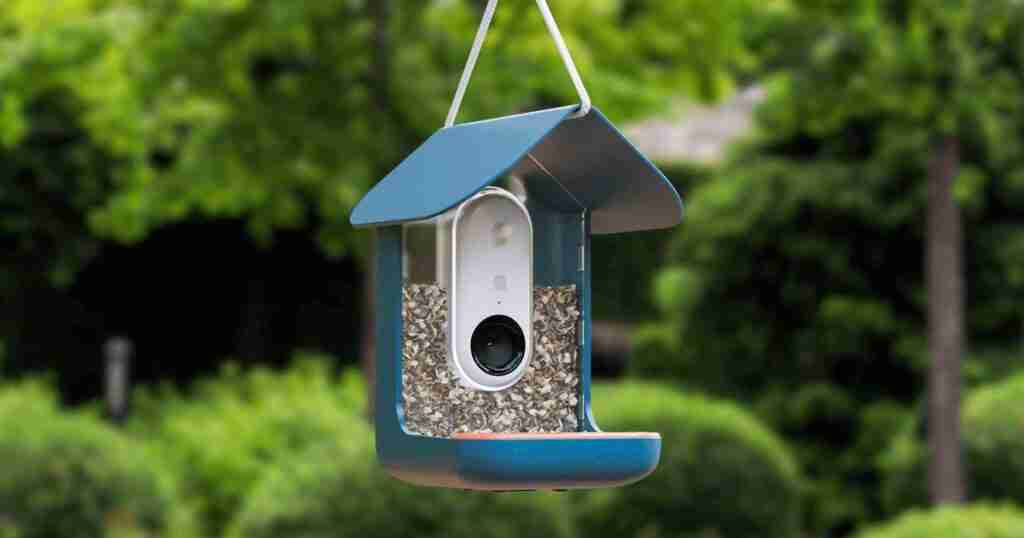There comes a certain joy with installing a new bird feeder in your backyard, especially when you think about the array of colorful birds that it would likely attract. However, it can be deeply perplexing if your feathery friends don’t visit as expected. This guide aims to shed light on why, despite all your efforts, birds may not be gracing your newly-installed feeder. Understanding bird behavior, their preferences, as well as some common errors most bird enthusiasts make, can significantly increase your chances of hosting a banquet for these little creatures. From the type of bird feeders, common mistakes, strategies to attract birds, to knowing when to seek professional help, this guide has got you covered. Here’s to ensuring your backyard becomes the chirp-filled sanctuary you envision.
[/et_pb_text][pac_divi_table_of_contents default_state=”closed” included_headings=”off|on|on|off|off|off” level_markers_1=”whole” _builder_version=”4.22.1″ _module_preset=”default” custom_margin=”0px||0px||false|false” global_colors_info=”{}”][/pac_divi_table_of_contents][et_pb_code _builder_version=”4.22.1″ _module_preset=”default” global_colors_info=”{}”]
This image is property of images.unsplash.com.
Understanding Bird Behavior and Preferences
Birds can be unpredictable creatures. To attract these feathered friends to your backyard feeder, it’s essential to understand various bird species’ unique behaviors and preferences. Different birds prefer different types of feeders, food, and even feeder locations. Their behavior can also significantly be impacted by the presence of predators and human activity in the vicinity of their feeder. But don’t worry. This detailed guide will help you understand these intricacies better and make your backyard a favorite spot for these birds.
Understanding Different Bird Species
All birds are not the same. Different species have unique behaviors and preferences. Some bird species can be early risers, while others might prefer to feed later in the day. Songbirds usually prefer small grains while finches and sparrows enjoy sunflower seeds the most. Woodpeckers and jays love suet feeders. Knowing about the local bird species in your area and their preferences is the first step towards attracting them.
Factors Affecting Bird Feeder Usage
Several elements can influence whether a bird will choose to use a feeder. These include the type of feeder, its location, the food provided, the presence of predators, and the general human activity around the feeder. Thoroughly understanding these factors can help make your feeder the go-to spot for local birds.
Types of Bird Feeders
There are five main types of bird feeders that are commonly used: tube feeders, hopper feeders, platform feeders, suet feeders, and nectar feeders.
Tube Feeders
Tube feeders are versatile and easy to use. They are designed with multiple feeding ports and are best suited for small, clingy birds such as finches and chickadees.
Hopper Feeders
Hopper feeders, also known as “house feeders,” are designed with a large center ‘hopper’ that dispenses food out onto a tray below. These feeders attract a wide variety of birds, including sparrows, pigeons, and even larger birds like jays if the feeder is robust enough.
Platform Feeders
Platform feeders or tray feeders are flat feeders that are easy for birds to access. They can attract a large array of bird species, from finches and sparrows to doves and cardinals.
Suet Feeders
Suet feeders are specifically designed to hold suet or fat-based bird food. They are favored by birds that enjoy eating insects, like woodpeckers, jays, and nuthatches.
Nectar Feeders
Nectar feeders are designed specifically for sugar-loving birds, like hummingbirds and orioles. These feeders usually require regular cleaning to prevent mold growth due to the high sugar content in the nectar.
[/et_pb_code][et_pb_video src=”https://youtu.be/JydeQYI1mss” _builder_version=”4.22.1″ _module_preset=”default” global_colors_info=”{}”][/et_pb_video][et_pb_code _builder_version=”4.22.1″ _module_preset=”default” global_colors_info=”{}”]
Common Reasons Birds Avoid New Feeders
Birds might avoid your brand new feeder for several reasons.
Location of the Feeder
The location of the feeder can significantly impact bird visits. Birds prefer feeders in quiet, safe locations, away from predators and human activity.
Type of Food Offered
The type of food offered in the feeder is also a determining factor. Some birds have a preference for certain seeds, while others may prefer nectar or suet. Using the wrong type of food may discourage visits from birds.
Presence of Predators
Predators such as cats or hawks can deter birds from visiting a feeder. If the feeder is easily accessible to predators, it’s unlikely many birds will take the risk of coming for a meal.
Human Activity Near the Feeder
Human activity near the feeder can scare birds away. Birds require a peaceful environment to feed safely. Too much noise, movement, or people close to the feeder can be particularly intimidating to them.
Importance of Feeder Location
Where you place your bird feeder plays a crucial role in attracting birds.
Preferred Feeder Locations for Birds
Birds typically prefer feeders that provide a clear view of the surroundings, allowing them to spot any predators in advance. They also prefer locations near shrubs or trees as they offer quick refuge in case of danger.
Common Mistakes in Feeder Placement
Common mistakes include placing a feeder too far from cover, which may leave birds feeling exposed to predators. Putting a feeder too close to windows can also lead to fatal bird-window collisions.
Optimal Feeder Height
The optimal feeder height can vary based on the bird species. As a general rule, most bird feeders should be positioned about five feet from the ground or at least out of a predator’s jumping reach.
This image is property of images.unsplash.com.
Choosing the Right Food for the Feeder
Choosing the right food for your feeder is critical to attracting avian guests.
Preferred Food Types for Different Bird Species
Different bird species have different food preferences. For instance, sparrows, finches, and cardinals love sunflower seeds, while suet is a favorite of woodpeckers and jays. Hummingbirds and orioles, on the other hand, prefer sweet nectar.
Foods that Discourage Bird Visits
Avoid offering processed foods like bread or crackers as these can lack the required nutrients and even harm the birds. Some birds may also avoid certain seeds, like milo, and prefer others, like sunflower seeds or nyjer.
How Often to Refill the Feeder
Regularly refilling the feeder ensures that birds continue to visit. If the feeder is often empty, birds may assume it’s unreliable and look for food elsewhere. However, avoid overfilling, as it might lead to waste and could potentially spoil, causing harm to the birds.
Impact of Predators and Human Activity
How close predators or humans are to the bird feeder can greatly impact its usage by birds.
Common Predator Species
Common predators include cats, hawks, and squirrels. If these predators are in the vicinity, birds might feel threatened and avoid your feeder.
How Proximity to Human Activities Affects Birds
Birds typically prefer feeders in peaceful locations away from bustling human activity. A feeder placed too close to human activity might not see many bird visits.
Mitigating the Impact of Predators and Human Activity
Placing the feeder at a height or in a location inaccessible to predators, using predator guards, and placing the feeder at a distance from loud human activity can help mitigate these risks and attract more birds to your feeder.
This image is property of images.unsplash.com.
How to Attract Birds to Your Feeder
Attracting birds to your feeder might require some strategizing.
Making Your Feeder Visible
The more elaborate and visible the setup, the more likely birds are to spot your feeder. Add some colorful bird-friendly plants around and make sure it’s visible from the sky.
Providing the Right Food
By providing the right kind of food favored by the local bird species, you are more likely to attract them to your feeder.
Ensuring Safety from Predators
Birds will not visit a feeder if they feel threatened. Ensuring their safety from predators by placing the feeder at a safe height, using predator guards, and keeping it away from household pets can go a long way to attract birds.
When to Seek Professional Help
There are situations when you might need professional help in maintaining your bird feeder.
Persistent Pests at Feeder
If you have persistent issues with pests like squirrels stealing the bird food or ants infesting your feeder, it might be a good idea to seek professional advice on pest-proofing your bird feeder [et_pb_line_break_holder] –>
Signs of Disease in Local Bird Population
If you notice signs of disease among your local bird populations, a professional can advise you on the steps to take, like cleaning the feeders, to help prevent disease spread.
If Birds Continuously Ignore the Feeder
If, despite your best efforts, birds avoid your feeder, it may be helpful to contact a local bird watching club or a professional to guide you on what you could be doing wrong.





